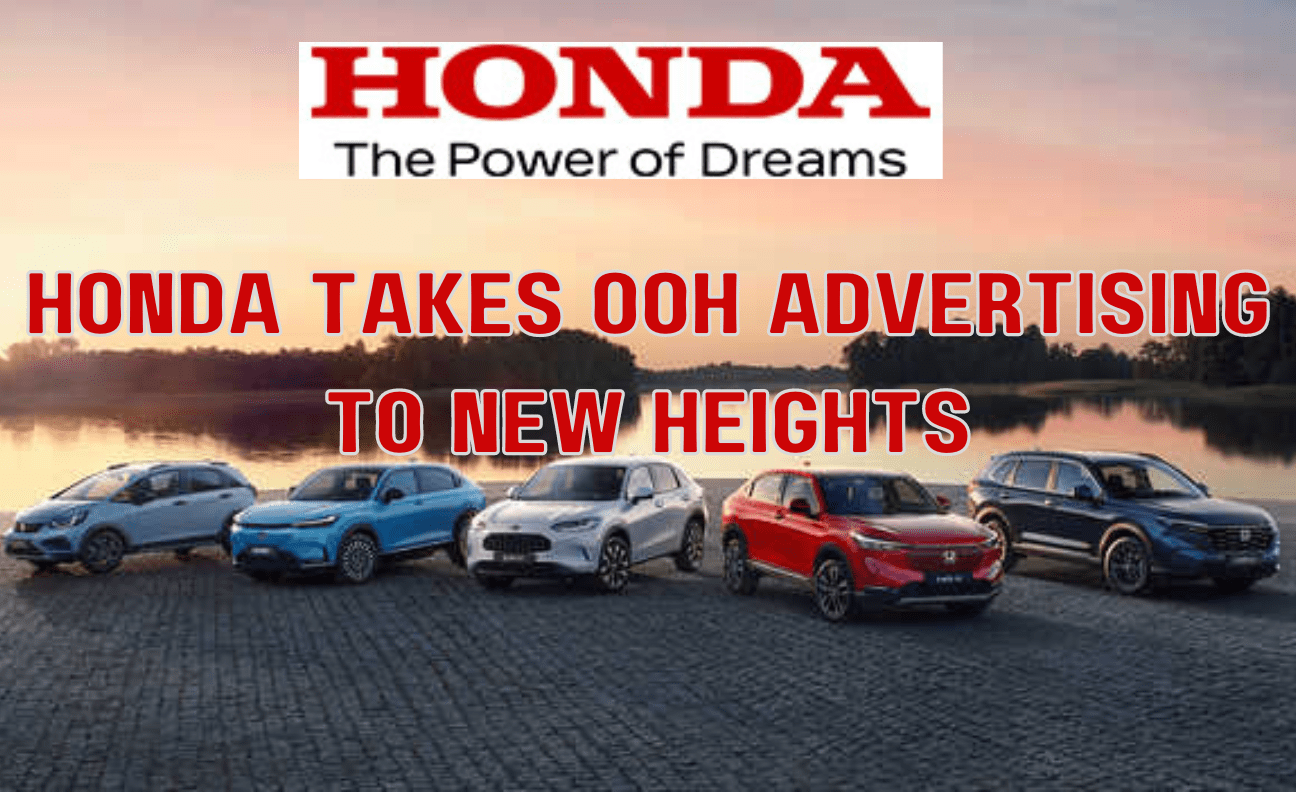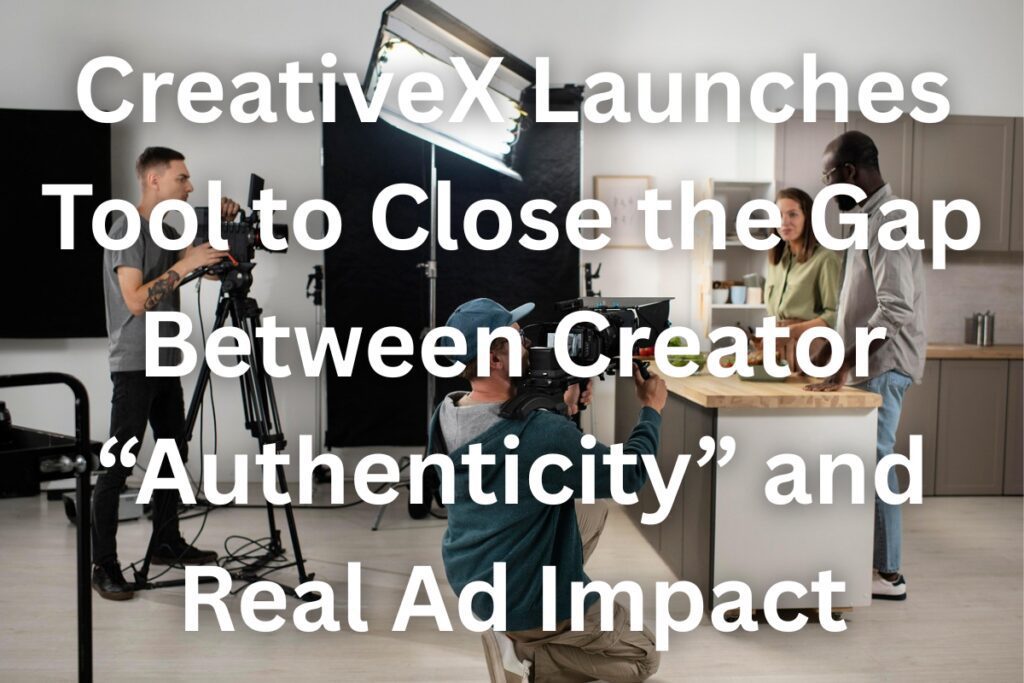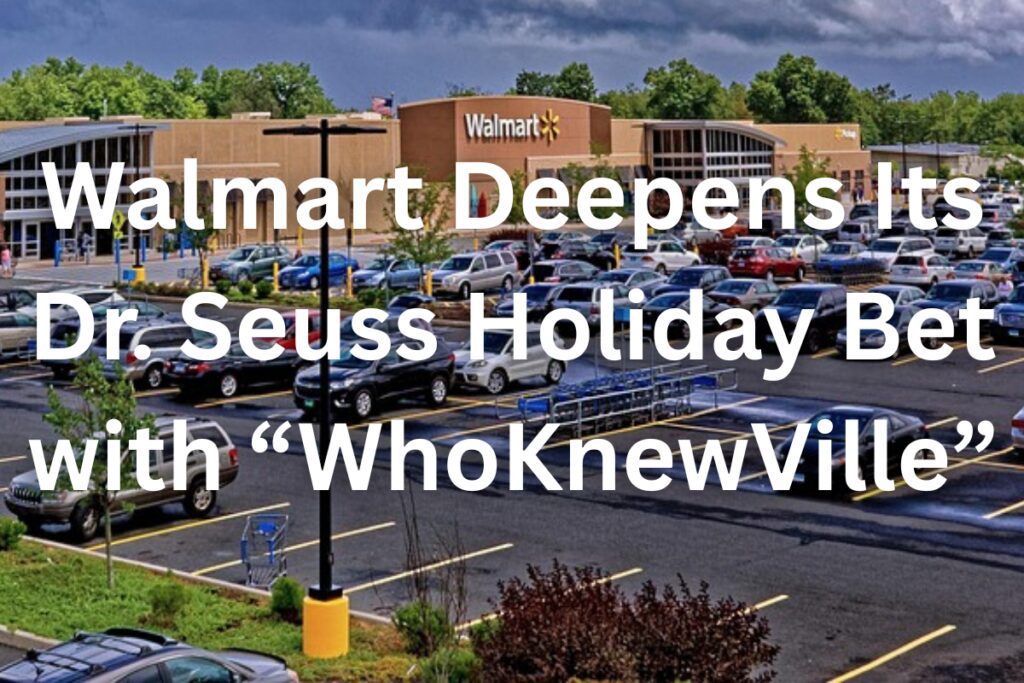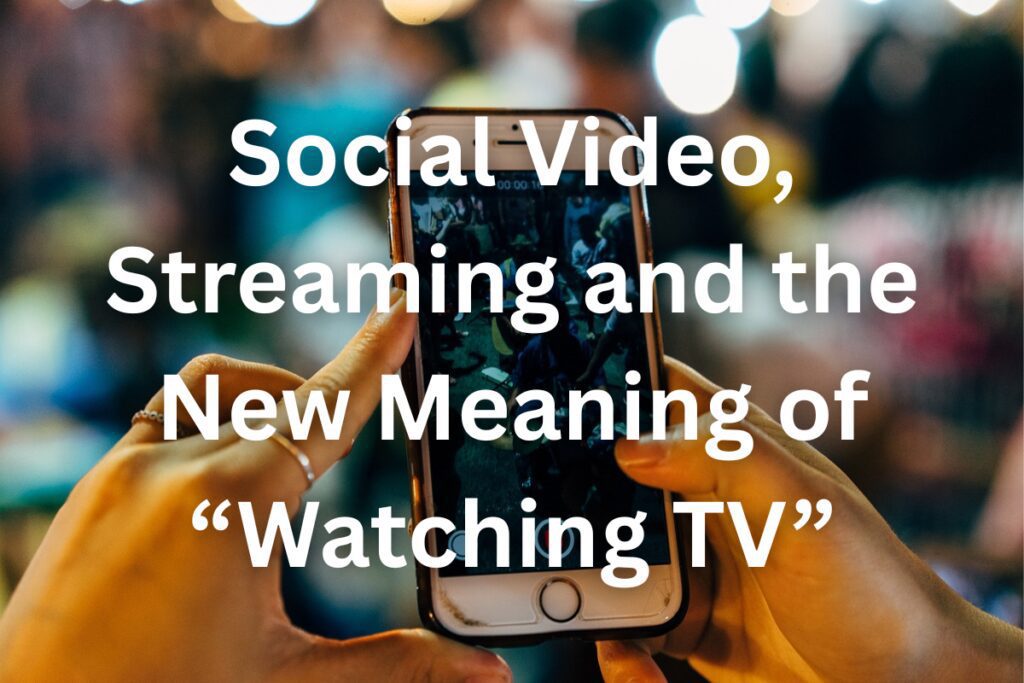The holiday season is upon us, and with it comes the hustle and bustle of eager shoppers flooding the streets. Honda, a name synonymous with innovation and sustainability, is leveraging the power of out-of-home (OOH) advertising to captivate consumers during this busy shopping time.
What’s more, recent research, cited by Honda, reveals that nearly 70% of consumers take action after encountering a digital street-level ad, a statistic that has prompted the company to embark on an ambitious OOH marketing campaign.
A Thriving OOH Marketing Industry
The OOH marketing industry has been on an impressive upswing, growing by nearly 23% from 2021 to 2022, as reported by Honda.
This growth reflects a significant shift in how companies approach advertising, with Honda at the forefront of this innovative wave.
“Wall of Dreams” – A Dreamlike Journey
Honda’s latest venture, the “Wall of Dreams,” is an immersive OOH experience that promises to transport onlookers into a world of wonder.
Furthermore, this creative endeavour features stunning murals crafted by renowned illustrator Paul Shipper, known for his work in blockbuster movie posters.
Shipper’s artistry adds a touch of cinematic magic to the campaign, which adds further to reinforcing Honda’s commitment to excellence.
Honda "Wall of Dreams" – Los Angeles The Grove – Activation https://t.co/UXqTAe7jyk via @YouTube
— The Art of Paul Shipper (@paulshipper) November 27, 2023
A Multi-Dimensional Odyssey
The journey begins with a breathtaking sight—a hyper-realistic depiction of Honda’s electric vertical take-off and landing aircraft (eVTOL) descending from the sky.
The aircraft, created with cutting-edge 3D technology, rotates gracefully, allowing viewers to appreciate its intricate design from every angle. As it takes off again, the sense of awe and aspiration is palpable, setting the stage for what follows.
Paving the Way to Carbon Neutrality
As the experience unfolds, it outlines Honda’s ambitious roadmap to achieve carbon neutrality by 2050, an undertaking that goes beyond manufacturing vehicles.
Projects involving innovative solutions, like algae-based carbon capture and make sure that utilisation technology are then showcased, highlighting Honda’s dedication to sustainability beyond its product line.
However, the star of the show is the Honda 2024 Prologue, the company’s first all-electric SUV, designed not only for performance but also to make a positive impact on the environment.
Guiding Dreams into Reality
To make this dreamlike journey even more immersive, Honda brand ambassadors, well-versed in the brand’s commitment to sustainability, will be stationed at each location.
They will not only guide people through the experience but also engage in conversations about Honda’s vision for a sustainable future.
Furthermore, as a token of appreciation, they will distribute branded bags filled with eco-friendly goodies, underlining Honda’s dedication to a greener planet.
Augmented Reality Adds a Magical Touch
In the world of marketing, augmented reality (AR) has become the go-to tool for infusing outdoor campaigns with enchantment. The “Wall of Dreams” leverages AR technology to allow viewers to interact with the murals.
By scanning QR codes, visitors can unlock hidden animations, turning passive observation into an engaging and participatory experience. In this instance, it appears that Honda is not just merely showcasing its products; it’s inviting the audience to become part of the dream.

The Benefits of Utilising Augmented Reality in Ads
Augmented Reality (AR) offers a multitude of advantages across various sectors. It enhances user engagement through immersive experiences, making it particularly effective in marketing, education, and gaming.
Furthermore, AR provides real-time information and aids in product visualisation, reducing uncertainty in purchasing decisions. Moreover, it can result in significant cost savings by enabling remote assistance and field support.
In the business world, AR can revolutionise marketing campaigns and offer data-driven insights, while in industries like healthcare and manufacturing, it enhances training and safety simulations.
Moreover, by fostering innovation, personalisation, and accessibility, AR not only enriches user experiences but also provides a competitive edge in today’s technology-driven landscape.
The Drawbacks and Challenges of Augmented Reality
Augmented Reality (AR) presents a host of benefits, but it is not without its challenges. Technical limitations, including device capabilities and connectivity issues, can hinder the quality of AR experiences.
Additionally, privacy and security concerns arise due to the collection and processing of personal data, and content quality can greatly impact user satisfaction. Also, legal and ethical questions loom over public use, and the costs of developing high-quality AR applications can be substantial.
Moreover, user acceptance, health concerns, and the need for specialised developer skills are among the hurdles that AR technology must overcome for widespread adoption and seamless integration into various industries.
Despite these challenges, ongoing advancements and regulatory developments aim to address these issues and pave the way for AR’s continued growth and innovation.
Conclusion: A Visionary Blend of Art, Technology, and Sustainability
Honda’s “Wall of Dreams” exemplifies how OOH advertising has evolved into an art form that transcends the traditional. With stunning visuals, a commitment to sustainability, the magic of augmented reality, and the artistic prowess of Paul Shipper, this innovative campaign showcases Honda’s dedication to captivating hearts and minds.
As the holiday season unfolds, keep an eye out for this transformative OOH experience – it’s a testament to the power of dreams and the journey toward a carbon-neutral future. Honda is not just selling cars anymore; they are selling dreams and inviting all of us to be a part of a brighter, greener tomorrow.









